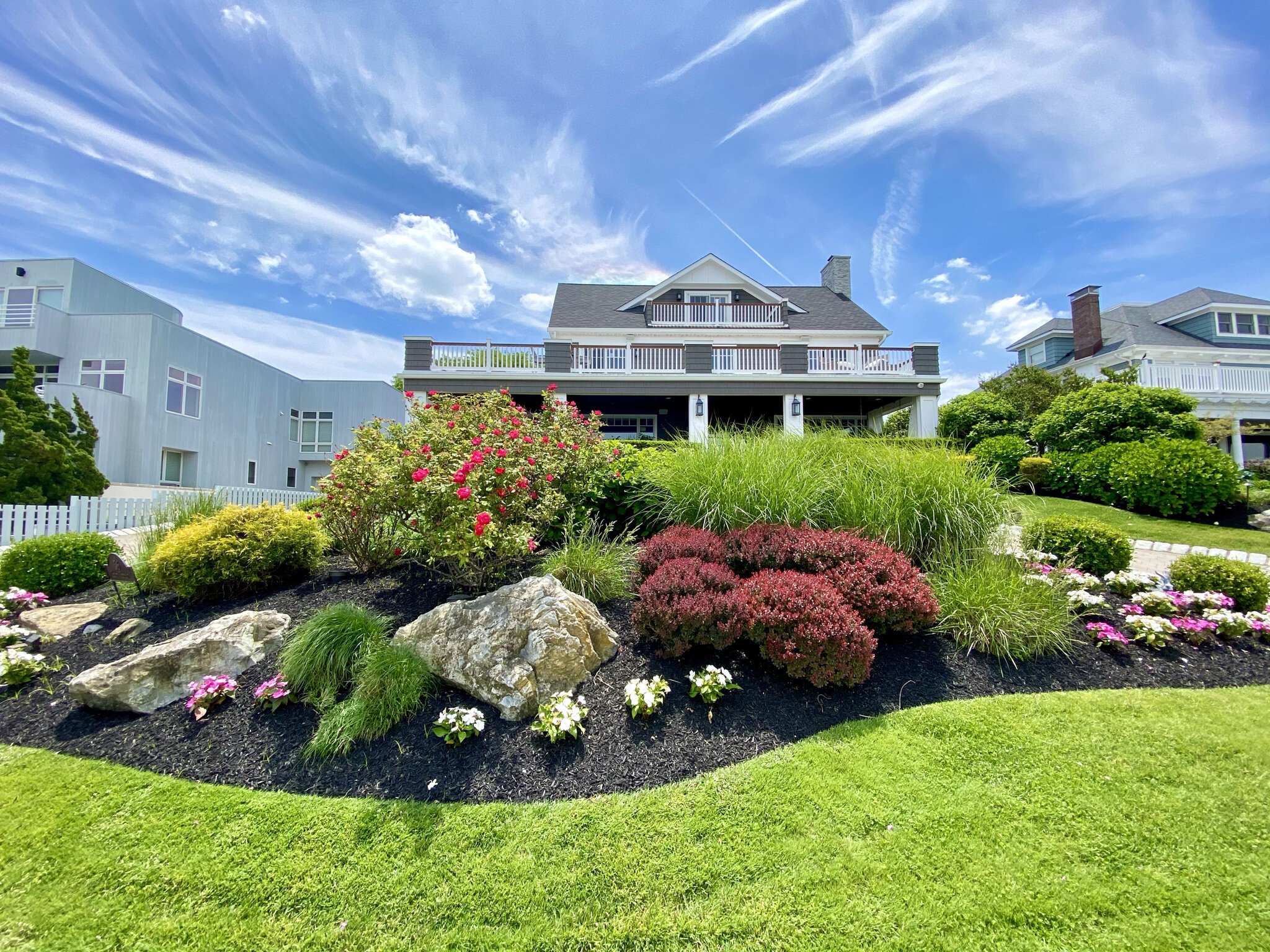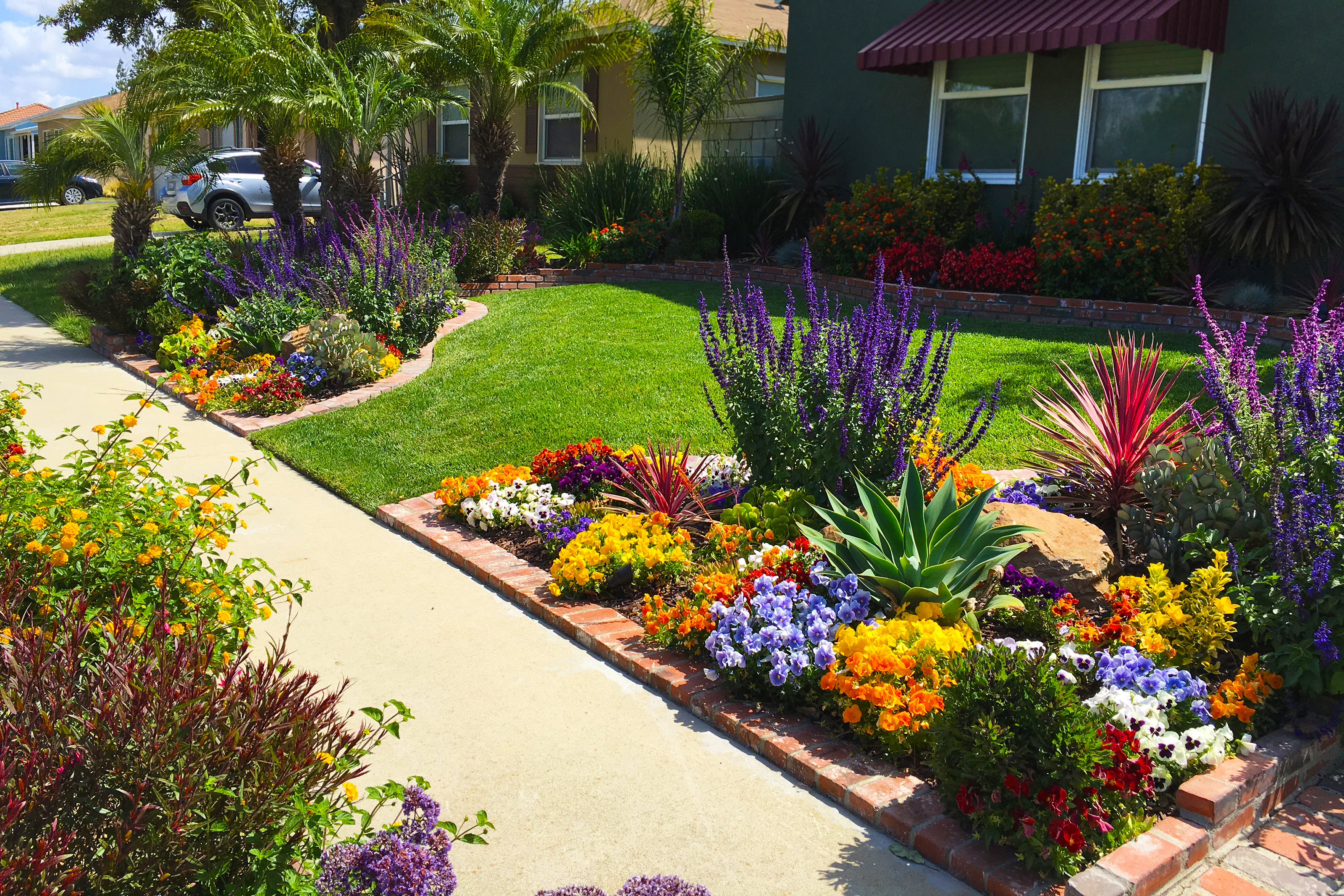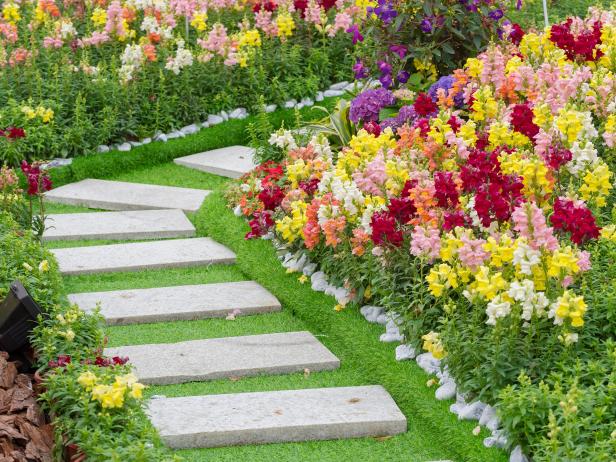A Comprehensive Guide to Designing and Implementing Effective Landscaping Solutions
The art and science of landscape design prolong past simple looks; they involve a thoughtful assimilation of design concepts, environmental stewardship, and practical execution. What approaches can one employ to ensure these landscapes not just thrive yet also flourish in harmony with their environments?

Recognizing Landscape Layout Concepts
One might question what fundamental aspects contribute to efficient landscape style. At its core, successful landscape layout rests on several key concepts that lead the plan and choice of elements within a room. These principles include unity, rhythm, percentage, and balance, each offering to produce an unified outside setting.
Unity describes the cohesive partnership among numerous components, making certain that they collaborate aesthetically and functionally. Equilibrium can be achieved with symmetrical or unbalanced setups, allowing the landscape to really feel secure and inviting. Percentage entails understanding the range of aspects in connection with each other and the surrounding environment, advertising aesthetic harmony and convenience.

Assessing Your Outdoor Area
Prior to implementing the principles of landscape style, a comprehensive analysis of your exterior space is important. This preliminary analysis helps specify the extent of your landscaping job and makes certain that your design aligns with the special features of your home. Begin by assessing the dimensions of your space, taking exact dimensions to recognize the readily available location for various aspects such as outdoor patios, pathways, and gardens.
Next, observe the existing functions of your landscape, including topography, soil quality, and drainage patterns. These factors considerably affect plant choice and placement. Furthermore, evaluate the sunlight exposure throughout various locations throughout the day, as this will impact the types of plants that thrive in your garden.
Take into consideration the microclimates developed by frameworks, trees, and other obstacles, as they can affect temperature level and dampness degrees. Take note of any existing plants or hardscape components that you want to get rid of or maintain. This detailed examination prepares for a well-informed and reliable landscaping remedy, making sure that your design is not just visually pleasing but also practical and sustainable for many years to come.
Lasting Landscaping Strategies
These practices not only promote environmental equilibrium however likewise enhance the functional and aesthetic value of a landscape. Applying efficient irrigation systems, such as drip irrigation, lessens water waste and makes certain that plants receive sufficient wetness (Palm Desert Landscaping).

One more efficient strategy is the tactical positioning of trees and shrubs to published here supply all-natural windbreaks and shade, therefore decreasing power costs (Palm Desert Landscaping). Rain yards find out can be incorporated into the landscape design to handle stormwater drainage effectively, filtering toxins before they enter waterways
Selecting the Right Plant Kingdoms
Selecting the right plants for your landscape is important to attaining both aesthetic appeal and ecological harmony. The procedure starts with an understanding of your neighborhood environment, soil conditions, and the certain microenvironments within your landscape. Analyzing elements such as sunshine direct exposure, dampness levels, and existing flora will help you select plants that prosper in your special setup.
Take into consideration including native plants, as they are well-adapted to regional conditions, require less maintenance, and assistance neighborhood wild animals. In addition, picking a varied selection of varieties can improve biodiversity while minimizing the danger of condition and bug break outs. It is necessary to assess the development behaviors, flowering periods, and seasonal colors of potential plants to create a dynamic and cohesive landscape.
Furthermore, assume concerning the planned use the area; as an example, if the location will certainly experience high foot web traffic, choose resilient ground covers. By attentively selecting plants that line up with both your aesthetic objectives and environmental needs, you can develop a sustainable landscape that not only boosts Homepage your residential or commercial property yet likewise contributes favorably to the bordering community.

Application and Upkeep Strategies
When the ideal plants have actually been chosen for your landscape, the focus moves to effective application and recurring upkeep strategies. Successful setup starts with proper site preparation, which consists of dirt screening to determine nutrient levels and pH, complied with by modifying the dirt as required. Thoroughly set up plants according to their development behaviors and light requirements, guaranteeing sufficient spacing to advertise healthy and balanced development.
Watering is a crucial aspect of application. Develop a watering timetable that takes into consideration the details needs of each plant species, adjusting for seasonal changes. Using drip irrigation systems can enhance water efficiency and decrease overflow.
Maintenance techniques need to be carried out to make sure the long life and vigor of your landscape. Routine tasks include weeding, mulching, and pruning to control growth and prevent condition. Fertilizing must be carried out based upon soil tests, providing the needed nutrients without over-fertilizing.
Monitoring for diseases and pests is essential; early discovery can protect against substantial damage. Seasonal modifications to upkeep regimens, such as winterizing perennials and preparing for springtime growth, will certainly make sure that your landscape remains aesthetically appealing and healthy and balanced year-round.
Conclusion
Successful application and continuous upkeep further guarantee the durability and vigor of landscapes. By incorporating these elements, landscapes can be transformed into attractive, functional environments that promote biodiversity and contribute favorably to area health.
One might wonder what foundational elements contribute to efficient landscape style. At its core, successful landscape style pivots on numerous vital concepts that guide the arrangement and selection of elements within a space.Choosing the right plants for your landscape is vital to attaining both aesthetic allure and ecological harmony. It is vital to examine the development routines, flowering durations, and seasonal colors of prospective plants to create a vibrant and natural landscape.
When the ideal plants have been selected for your landscape, the focus shifts to reliable execution and recurring upkeep methods.